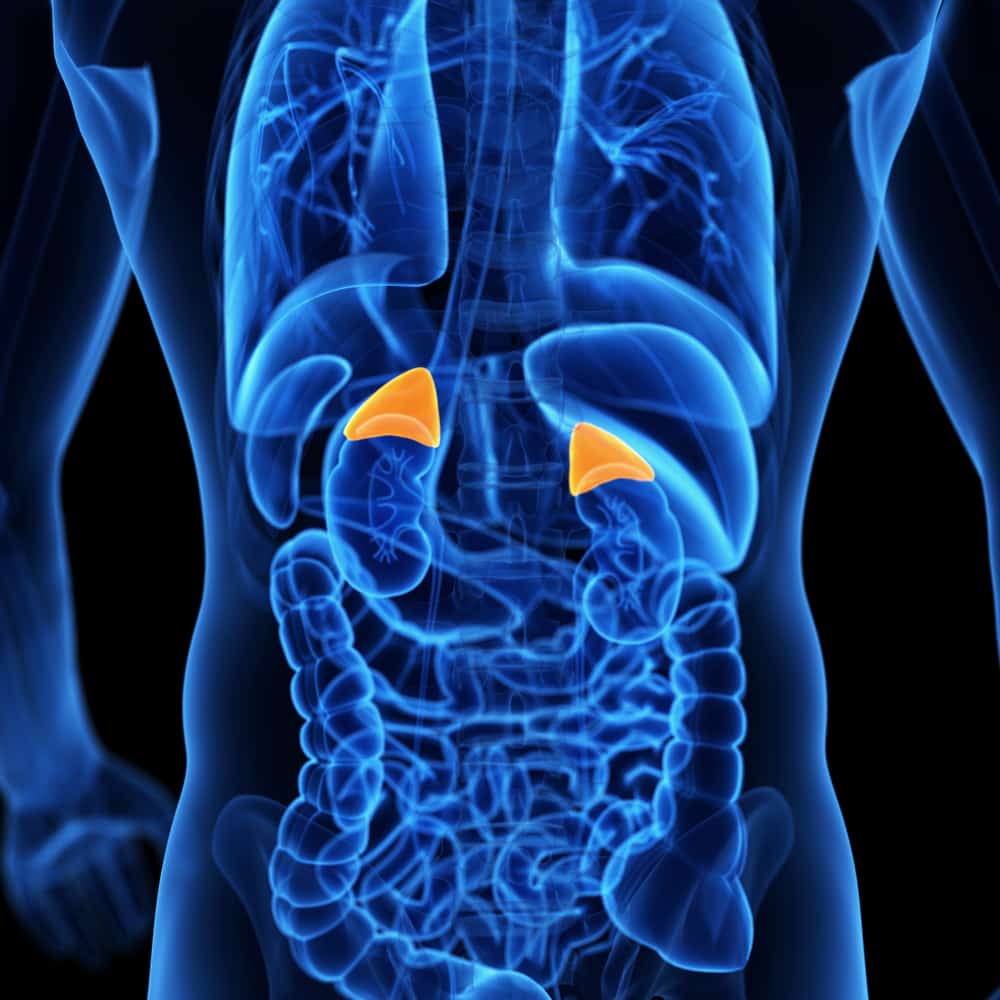Contents:
- Medical Video: What Is Edwards Syndrome?
- What is Edward's syndrome?
- Symptoms and signs of Edward's syndrome
- 1. Microcephaly
- 2. Lower ear position
- 3. The fingers overlap each other
- 4. Heart abnormalities
- 5. Disorders of growth and development
- How do doctors diagnose Edward's syndrome?
- Prenatal diagnosis
- Postnatal diagnosis
- Is there a treatment for Edward syndrome?
- What about his life expectancy?
Medical Video: What Is Edwards Syndrome?
Hearing a syndrome called "Edward" might make some people wonder what kind of illness it is. Yes, Edward's syndrome was indeed named after its founder, John Hilton Edward, in 1960. Edward's syndrome is a disorder that occurs due to abnormalities in the number of chromosomes that occur since the fetus is still in the womb.
Increasing the birth rate of infants with congenital abnormalities makes many researchers vying to uncover the origins of Edward's syndrome. What happens to babies born with a disease also known as trisomy 18? Check out the review below.
What is Edward's syndrome?
Under normal circumstances, humans have 23 chromosomes in each body cell (46) consisting of 22 pairs of body chromosomes and a pair of sex-determining chromosomes. Edward's syndrome is an abnormality when there is an additional one chromosome on the 18th chromosome pair due to a problem during fertilization.
In other words, the person has trisomy (tri = three) 18 and the total chromosome number is 47. This syndrome is estimated to occur in 1 in about 6,000 live births.
Symptoms and signs of Edward's syndrome
People with Edward syndrome show a variety of symptoms that can be seen, both as a baby and when the child has grown.
1. Microcephaly
Babies born with this disorder have an average head size (microcephaly) compared to normal people their age. This abnormal head size can later affect the child's growth and development.
2. Lower ear position
In addition to the size of the head, the position of the child's ear with this syndrome is also abnormal. In most people, the height of both ears averages parallel to the eye position. In this syndrome, the position of the ear is below the eye line so that it is known as low-set ears.
3. The fingers overlap each other
Finger disorders are one of the characteristics of this fairly rare syndrome. Can be found overlapping on the patient's fingers, for example between overlapping index and middle fingers.
4. Heart abnormalities
The heart defect that commonly occurs in this syndrome is the imperfect wall between the porch and the heart chambers, also known as the leaky heart.
5. Disorders of growth and development
The life expectancy of a baby with Edward syndrome is fairly small. When babies grow up to be children, there is usually a delay in growth and development, when compared to people in general. In terms of intellectuals, the average person has mental retardation with an IQ below normal and has cognitive development disorders.
How do doctors diagnose Edward's syndrome?
This disorder can be diagnosed both when the baby is still in the womb (prenatal) and after birth (postnatal).
Prenatal diagnosis
Detection of Edward's syndrome when a baby is still in the womb can be done by analyzing the amniotic fluid of the mother so that certain genetic disorders can be identified.
Postnatal diagnosis
In addition to observing physical abnormalities and tracing the history of child development that leads to this disease, a definite diagnosis can be made using chromosome analysis which indicates an addition to the pair of chromosomes 18
Is there a treatment for Edward syndrome?
Until now, experts have not found a treatment to cure Edward's syndrome. This is difficult because this disease is caused by genetic factors so that various kinds of abnormalities have been formed from the womb. Treatment available is intended to support child development so that the person can carry out a variety of daily activities independently.
What about his life expectancy?
Most babies with this syndrome die while still in the womb or in the first years of life. A small percentage of patients can continue to grow to adulthood, but must remain under special supervision because of the many physical and mental abnormalities.












